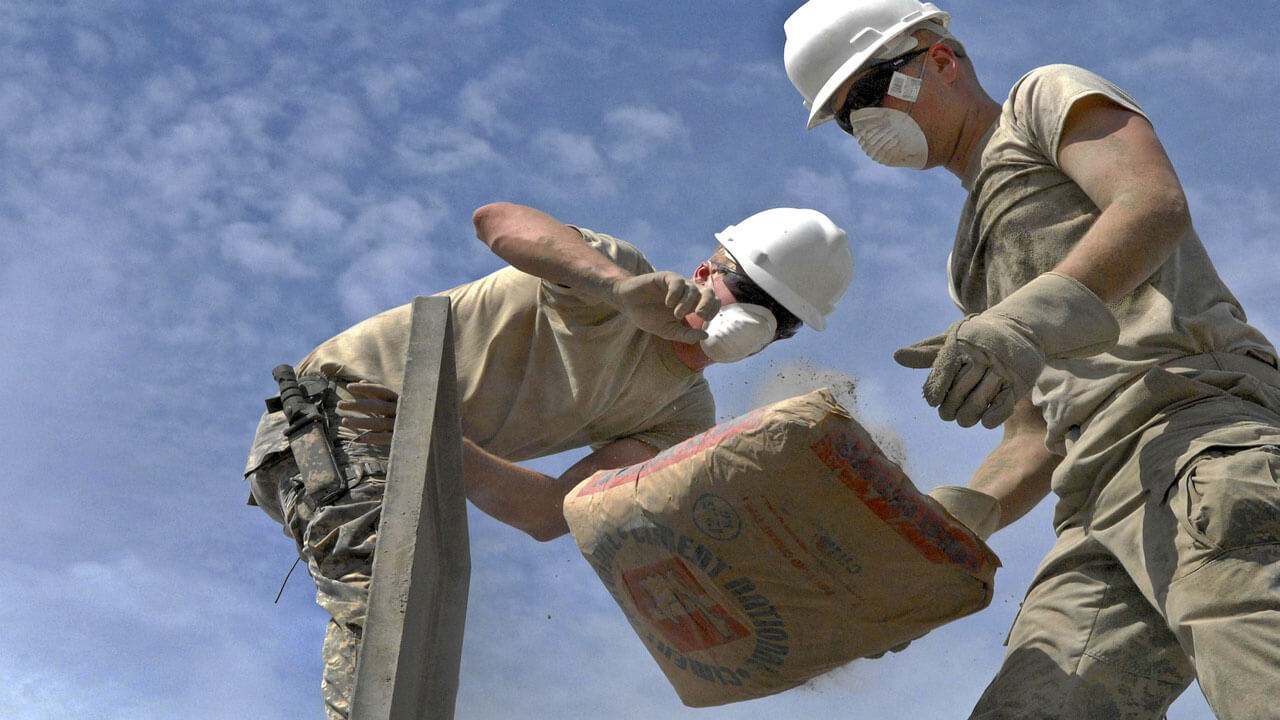Whenever you see construction teams creating buildings or structures, they need a ton of construction materials. The construction team directly contacts their construction material supplier and calls for what they need whenever the materials run out. Out of the many construction materials, they cannot finish the construction project without concrete.
However, some people will call out that it’s not concrete that construction teams use, but cement. It has been the staple for millions of construction projects worldwide, ranging from commercial buildings, houses, highways, and any other structure. If you’re still new to construction, you can find that cement and concrete are two different things.
Learning About Cement
Cement is a binding medium that people can use to adhere to different construction materials together. Many construction companies worldwide usually use Asphalt cement and Portland cement, which are the most common types. However, contractors use Portland cement more than Asphalt because it’s the most crucial building block in concrete. The Portland cement can also come in fine or paste form.
Construction workers mix the powder form with adequate water until it turns into a mud-like substance. The paste form, also known as mortar, doesn’t need any mixing, and construction workers can stick them onto a surface and bind to whatever surface it touches.
Portland cement can have a primary or several substances included, such as sand, clay, iron ore, limestone, or bauxite. It also includes calk, shell, slag, shale, marl, and slate, depending on the manufacturer’s specifications. The ingredients mentioned get mixed and heated in processing plants to create a rock-solid substance named “clinker.” Once the substance forms, manufacturers ground it until it turns into a powder that workers can mix with water to form the paste.
Learning About Concrete
The next thing you have to learn about is concrete, a durable construction material that utilizes cement as one of its elements. Concrete has four main ingredients, which are sand, water, stone, and cement. Note that pouring less water into the concrete mixture can make it more robust than those with more water.
The water activates the cement, which serves as the binding agent. The cement binds together coarse and fine aggregates within the mixture. Using larger aggregates in mixes is generally more potent than other mixes that use finer aggregates.
How to Spot a Good Concrete Mixture
When looking for concrete, you have to learn how to differentiate between the good and the bad. You will be purchasing loads of concrete mixture for the project, and giving them back because they’re not the right one will shave off valuable time and money.
Fortunately, anyone can find a good concrete mixture when they search for a few specific qualities. One way to tell if it’s great is when you can place and consolidate the mix correctly. Remember that using less water creates stronger concrete. But if the concrete becomes too dry, your workers can’t put them in place effectively.
The concrete also needs to reach specifications once it hardens. Exceptional concrete can withstand thawing, freezing, deicing chemicals, wear-resistant, and watertight. Once you tick the two requirements mentioned above, you can finally focus on the concrete’s mix design.
Why Contractors Prefer Cement Over Concrete
One fact between cement and concrete is that contractors use cement more than concrete. In most cases, they get concrete blocks when constructing sturdy walls. Although, other parts of a structure, like the building’s roof, require cement because they can turn it into any shape or form they want. They will need to form it in specific shapes because of the other materials installed on the roof, like equipment roof hatches.
Contractors have free reign with cement. They don’t have to contact cement manufacturers and ask them to create a specific shape using cement since they can do it independently. And if you need concrete blocks, you can make them yourself using cement. Although, the only downside to using cement is that it takes time to create them rather than having someone else manufacture them, which you can use right away.
The Confusion Between Concrete and Cement
As mentioned, cement and concrete are two different things. People interchange them when pointing out floors, walls, or any surface with concrete on them. However, they are not similar for several reasons. Cement is one of the primary components of concrete, while concrete is the construction material that contractors use to build their structures.
It’s essential to know the difference between the two, especially when you’re part of the construction industry. At one point, you may need more concrete for a section of the project, and you ask your project managers for more cement. Since they understand the difference, they will get you cement instead of concrete, which you still have to create from scratch. It’s time-consuming and can potentially delay the project, and you don’t want that happening.
Keep in mind the differences between cement and concrete because confusion is the last thing you want on a construction site.
